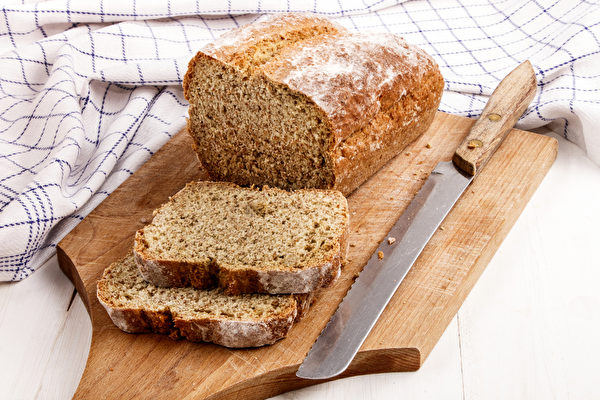Many people wish to extend the shelf life of bread to keep it fresh for a longer period. While some may store bread in the refrigerator, professional bakers advise against this practice and share simple methods to prolong the life of bread.
Renowned American baker, bestselling author, and founder of “The Perfect Loaf” website, Maurizio Leo, emphasized the importance of knowing how to store bread correctly to prevent it from becoming stale due to excessive dryness.
Unlike conventional practices, Leo suggested not storing bread in the refrigerator as it does not necessarily extend the bread’s shelf life.
Leo stated, “It is crucial not to store bread in the refrigerator, which may seem counterintuitive since people tend to store food in the refrigerator. However, putting your bread in the fridge will cause it to stale faster than at room temperature.”
Leo recommended using his favorite method to prolong the shelf life of bread, which involves using a beeswax wrap. This method helps maintain the appropriate level of softness in the bread without making it too soft.
He detailed the process of using beeswax wrap, stating, “Simply place the bread in the beeswax wrap and wrap it tightly. Mold the beeswax wrap to the shape you desire by using the heat from your hands, ensuring it wraps around all corners and crevices of the bread.”
In general, as bread ages, it tends to lose moisture, leading to staleness. Storing bread in a sealed container may promote bacterial growth and mold formation on the bread’s surface.
However, using beeswax wrap helps retain the bread’s moisture while allowing sufficient ventilation. Unlike plastic wraps that trap moisture, beeswax wrap enables the bread to stay fresh for a longer period.
For those unwilling to spend on beeswax wrap, ordinary paper bags and kitchen towels can effectively prevent bread from becoming overly dry, Leo suggested.
Leo mentioned that although many sources advise against using plastic bags to store bread, at times it may be necessary, especially in regions with specific climate requirements. He highlighted the case of New Mexico, where low humidity during winters necessitates storing low moisture sourdough bread in sealed plastic bags to preserve its soft texture effectively.
Leo also explained the factors that contribute to bread becoming stale. When bread dough bakes, the starch granules undergo gelatinization. As they absorb water from the dough, they expand, causing the rigid crystal structure to transform into an amorphous form.
Once the baked bread cools down upon removal from the oven, the crust and crumb gradually harden over time as the starch undergoes retrogradation, a process where it reorders into crystalline form.
This retrogradation leads to the gradual hardening of the bread as moisture moves out of the starch, turning the crumb firm, ultimately resulting in the bread transitioning from soft to stale.
In general, reheating stale bread to a sufficient temperature (140 degrees Fahrenheit / 60 degrees Celsius) can partially reverse the aging process, making it temporarily fresher. However, this effect is short-lived and cannot fully undo the staleness.
It is worth noting that dough containing a certain proportion of fat can typically be stored for a longer period before becoming stale. The fat content in the dough slows down the re-crystallization of starch granules and reduces moisture transfer between starch and proteins, delaying the hardening of the crumb.

